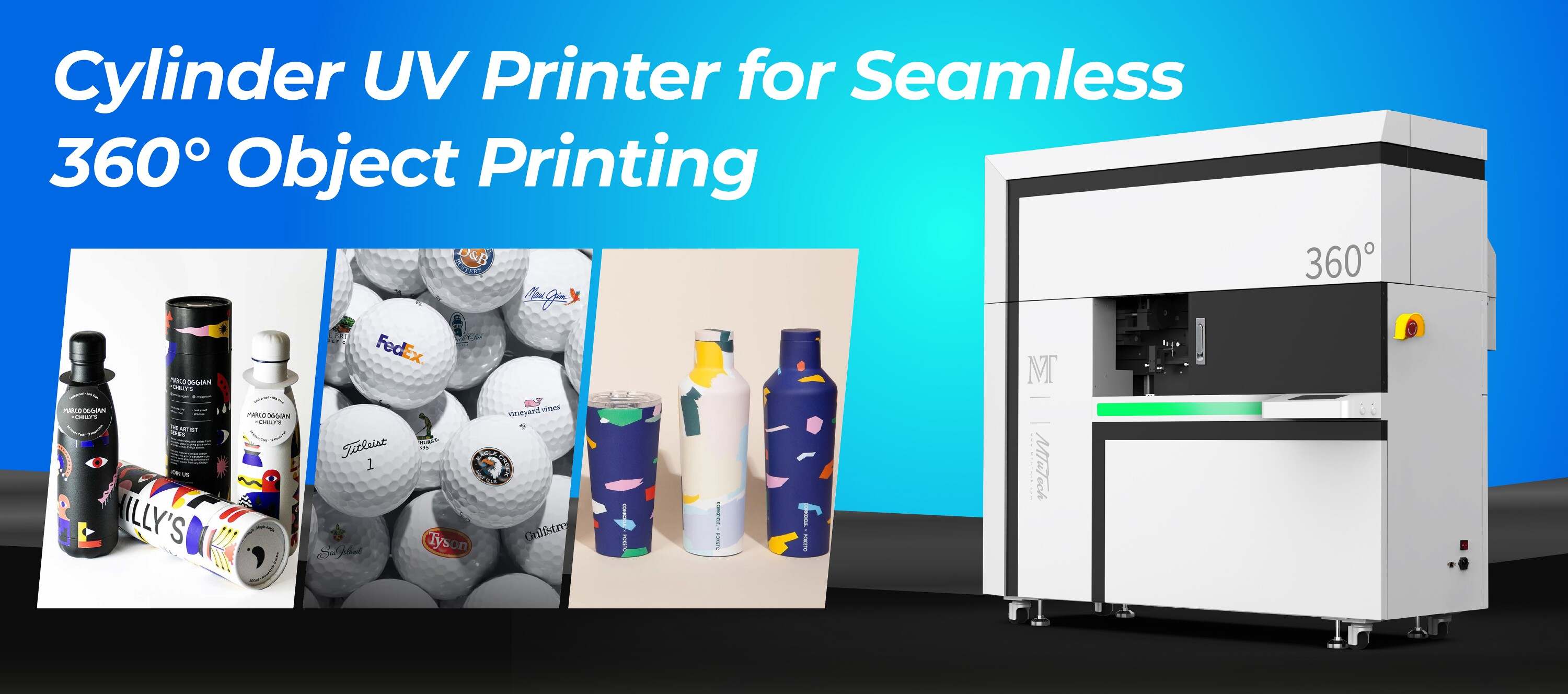Can One Machine Print on Tumblers, Bottles & Cups?
Introduction
In the modern world, custom branding and personalization have become essential strategies for businesses and craft-makers alike. Drinkware—ranging from tumblers and bottles to cups—has gained immense popularity due to its functionality and versatility. With the rising demand for customized drinkware, many individuals and businesses are looking for efficient machines that can cater to this need. But the question arises: can one machine effectively print on a variety of surfaces such as tumblers, bottles, and cups? In this blog post, we will explore the answer to this question, the technology behind it, and its benefits.
Understanding Printing Technologies
Before diving into whether a single machine can handle various types of drinkware, it’s essential to understand the different printing technologies available.
1. Inkjet Printing
Inkjet printing involves spraying tiny droplets of ink onto the surface of the material. It's popular for its ability to produce high-quality images in a vast array of colors. Inkjet printers designed for this purpose, especially those with UV capabilities, allow for printing on various substrates, including tumbler surfaces.
2. UV Printing
UV printing uses ultraviolet light to cure ink as it is printed. This process allows for immediate drying and the ability to print on non-porous surfaces like glass and metal. UV printers are ideal for creating vibrant images and texts on drinkware.
3. Sublimation Printing
Sublimation is a process that involves printing on special paper using sublimation ink, and then applying heat and pressure to transfer the ink onto the drinkware. This technique is predominantly used for polyester-coated items, making it an excellent option for tumblers with a specific coating.
Can One Machine Do It All?
The short answer is yes; advancements in printing technology have made it possible for one machine to handle various drinkware types. However, careful consideration must be taken regarding the capabilities of the machine and the specific requirements of the materials involved.
Multi-functional Printers
Today’s market offers multi-functional printers capable of printing on a range of substrates, including tumblers, bottles, and cups. These machines often come with adjustable settings, allowing users to optimize the printing process based on the item being customized. Features to look for include:
·
Variable height adjustments for different sized items
·
·
Rotary attachments for cylindrical objects
·
·
The ability to print in both flat and curved formats
·
·
Multiple ink types for varied surface compatibility
·
Examples of Versatile Machines
1. **Rotary UV Printers**: These devices offer rotary capabilities that can accommodate tumblers and bottles while also providing high-definition printing. They allow multiple items to be printed simultaneously and are perfect for high-volume production.
2. **Direct-to-Object Printers**: These printers can handle both flat and cylindrical objects, making them suitable for a variety of drinkware. The direct printing process ensures a high-quality finish on multiple surfaces without the need for a separate coating.
Benefits of Using One Machine for Various Drinkware
Investing in a multi-functional machine for printing on tumblers, bottles, and cups comes with a plethora of benefits:
Cost-Effectiveness
Having one versatile machine can significantly reduce equipment expenses. Instead of purchasing separate machines for each product type, businesses can save on initial investment and maintenance costs.
Space Efficiency
For small businesses and crafters, space can be a premium. A single multi-functional printer saves room, allowing for a more organized workspace.
Streamlined Operations
With consistent equipment, businesses can streamline their production processes. This leads to faster turnaround times and a more efficient workflow, especially during peak seasons.
Improved Quality Control
Using one machine ensures uniformity in production. This helps maintain quality standards across different items, ensuring that every piece meets customer expectations.
Key Features to Look For
When selecting a printing machine that can cater to tumblers, bottles, and cups, certain features are crucial:
·
Print Resolution: Look for printers that offer high DPI (dots per inch) for better clarity and detail.
·
·
Print Size Options: Ensure that the machine can accommodate various sizes and shapes of drinkware.
·
·
Ink Versatility: The ability to switch between different ink types can significantly enhance printing capabilities.
·
·
User-Friendly Interface: A machine with an intuitive control panel can make operations smoother, even for novices.
·
Conclusion
In conclusion, it is indeed possible to print on tumblers, bottles, and cups using a single, multifunctional machine. This advancement in technology not only saves time and resources but also enhances the overall efficiency of the printing process. Businesses and crafters looking to expand their custom drinkware offerings should consider investing in a rotary UV printer or a direct-to-object printer. Explore our high-quality Tumbler printers here and see how they can boost your production capabilities effectively.
FAQ
What types of materials can be printed on using these machines?
Most modern multi-functional printers can print on a range of materials, including stainless steel, aluminum, glass, and certain plastics—ideal for a variety of drinkware options.
Is it difficult to operate a multi-functional printer?
While the initial setup may take some time, many of these printers come with user-friendly interfaces and tutorials, making them manageable for users of all experience levels.
Can I print full-color images on drinkware?
Yes, with the right printer, you can achieve vivid, full-color images on various types of drinkware, making your designs stand out.
How long does the printing process take?
The printing speed will depend on the machine and the complexity of the design. However, many modern printers are designed for efficiency and can produce items relatively quickly, allowing for expedited processes.
Are there any maintenance requirements for these printers?
Like any technical equipment, routine maintenance is required. This may include cleaning the print heads, ensuring ink levels are sufficient, and periodic software updates to ensure optimal performance.

